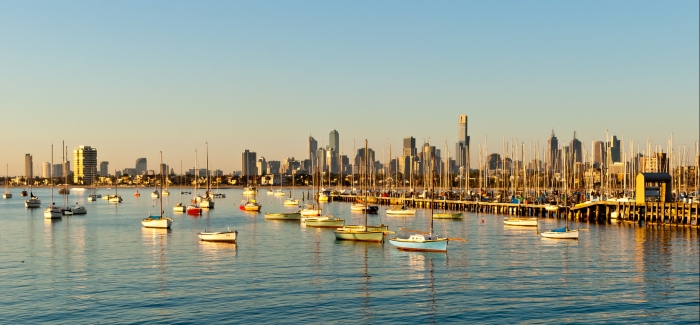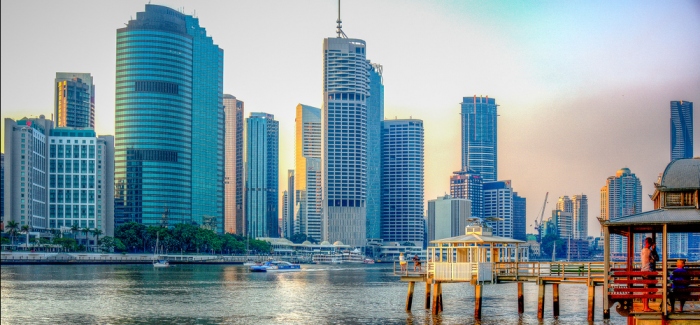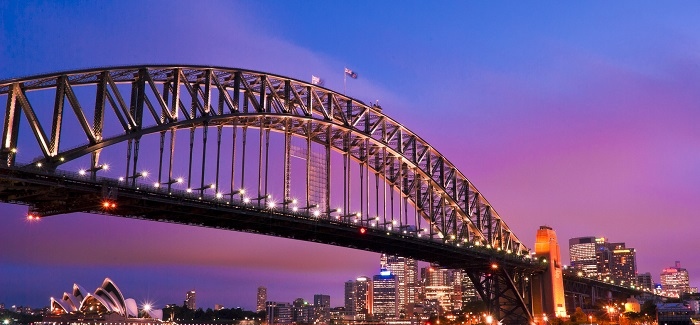There is so much hype surrounding Australia and its reputation for hosting the ‘world’s deadliest creatures’— and that statement isn’t completely false. There are definitely plenty of things that could kill you, but it is also pretty over-exaggerated as not very many people have actually died from coming across one.
However, it’s still one of the first concerns you hear from someone when you tell them you’re visiting or have visited Australia. I mean, you’ve probably heard of one or two shark attacks on the news, but those instances are few and far between. In reality, the creatures you’re so afraid of are probably not as prevalent or so-called ‘deadly’ as you may think.
1. They’re not as prevalent as you think
The first thing anyone asks you when you tell them you went to Australia is: “But how did you deal with all the spiders and snakes?”. And the truth is, most people don’t come across any.
It’s basically the same deal everywhere, where the more remote and outback areas you go will bring more of the creepy-crawlies, and the crocs tend to reside in the more northern parts of Australia in restricted areas. And of course, sharks are going to be a risk when going into the sea in many places, and there’s no reason to restrict yourself from enjoying a day at the beach because of them. (Just don’t watch Jaws before your trip…).
2. Big cities aren't an issue
If you’re visiting a big city such as Sydney, you definitely won’t see a spider slithering down the street on your way to the supermarket or a crocodile ready to snatch you up. You will most likely still have a friendly spider visitor in your bedroom, but that’s about the gist of it.
Although, when you head to the beach, you still have to watch out for the jellyfish and sharks lurking in the water, but the beaches are so populated in cities that most of them are highly monitored.
3. Not everything can kill you
Just because you see a mysterious bug in your kitchen, doesn’t mean it’s going to kill you. In fact, there are a ton of species that look like they are bad news but are actually extremely harmless. For example, the famous Australian Huntsman Spider is just about the worst, most-terrifying looking thing you will probably come across, but they are actually friendly as can be. In fact, they eat up a lot of the things you definitely wouldn’t want to come across, so they’re handy to keep around.
4. There are a ton of precautions taken
Australia knows that there are a lot of dangerous species around, so they take precautions to ensure that everyone (especially un-informed tourists) remains safe. Essentially, most beaches you visit will have lifeguards present who will announce when it is unsafe to go in the water, as well as ‘shark helicopters’ that monitor popular beaches for marine-life activity.
Lifeguards are also on the hunt for dangerous jellyfish floating in the water, and will ensure everyone gets the heck out of the water if they are present. I mean, have you ever seen Bondi Rescue? Those guys know what’s up.
5. Signs will be hard to miss
Nothing is worse than showing up at the beach only to find a big sign with a giant ‘X’ through an image of someone swimming. These signs will generally be present all over Australia, since tourists may think that any watering hole is safe to swim in. As you might have guessed, this is NOT the case here, but that doesn’t mean people don’t act foolish.
In the far north of Australia, a beach that seems perfectly nice to swim in could actually have salt water crocodiles residing in it. So, essentially, if you aren’t meant to go somewhere, chances are there will be a sign for it. And if there isn’t, it’s probably a good idea that you ask a local just in case.
Want more content like this? Register for free site membership to get regular updates and your own personal content feed.







